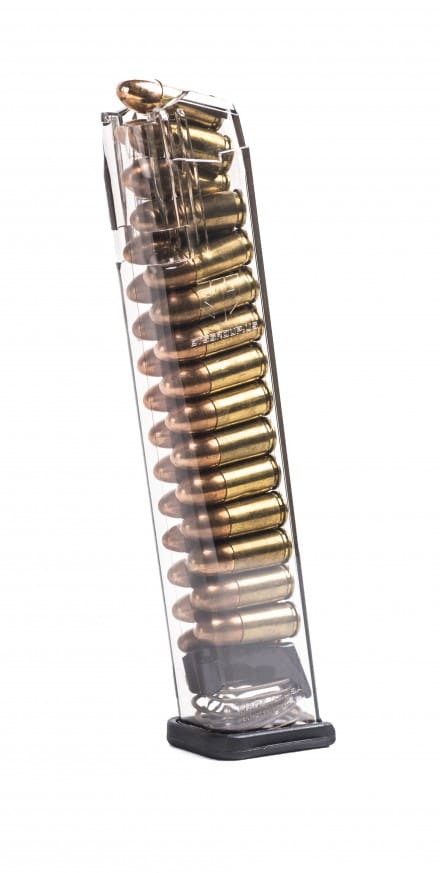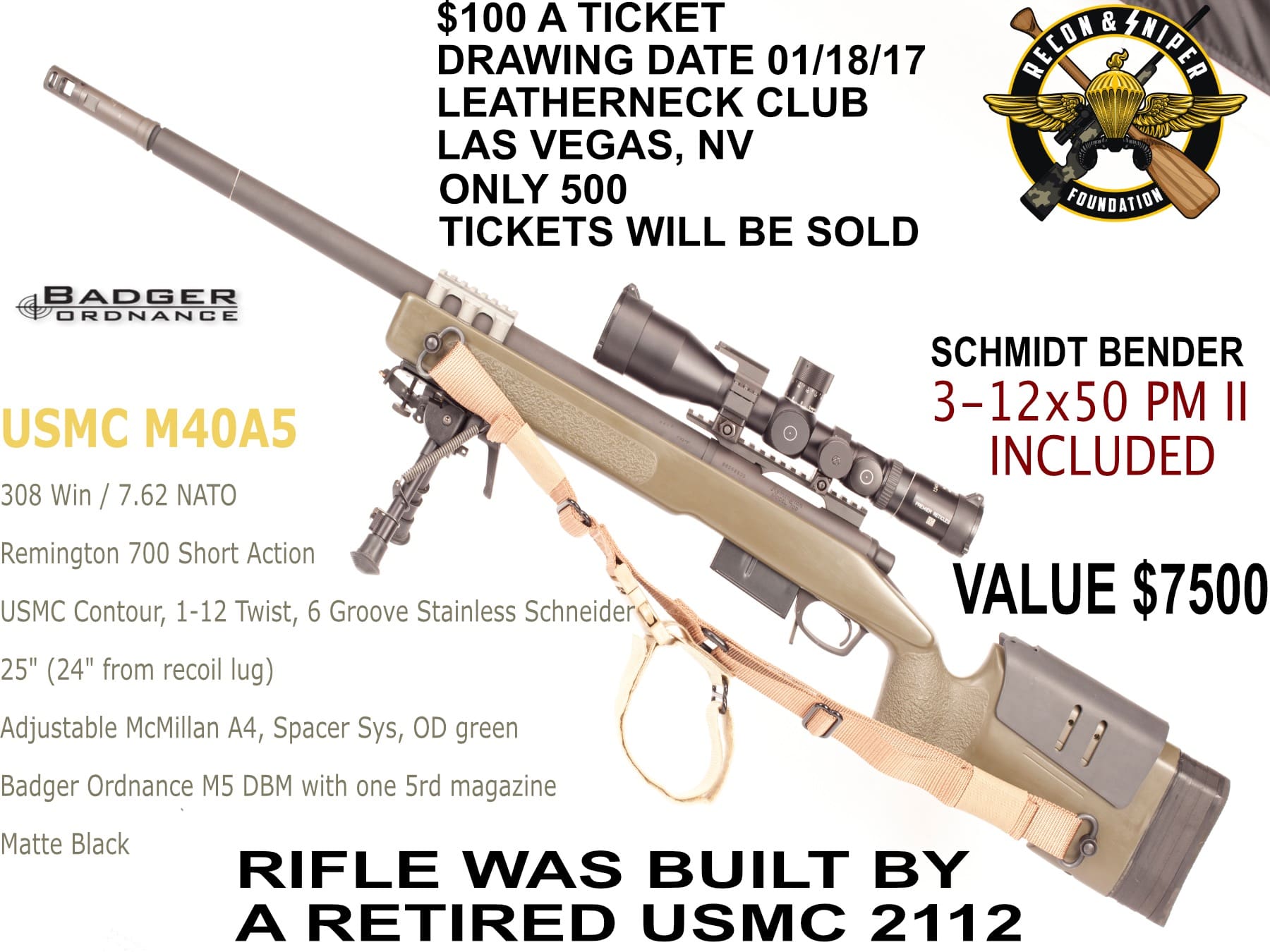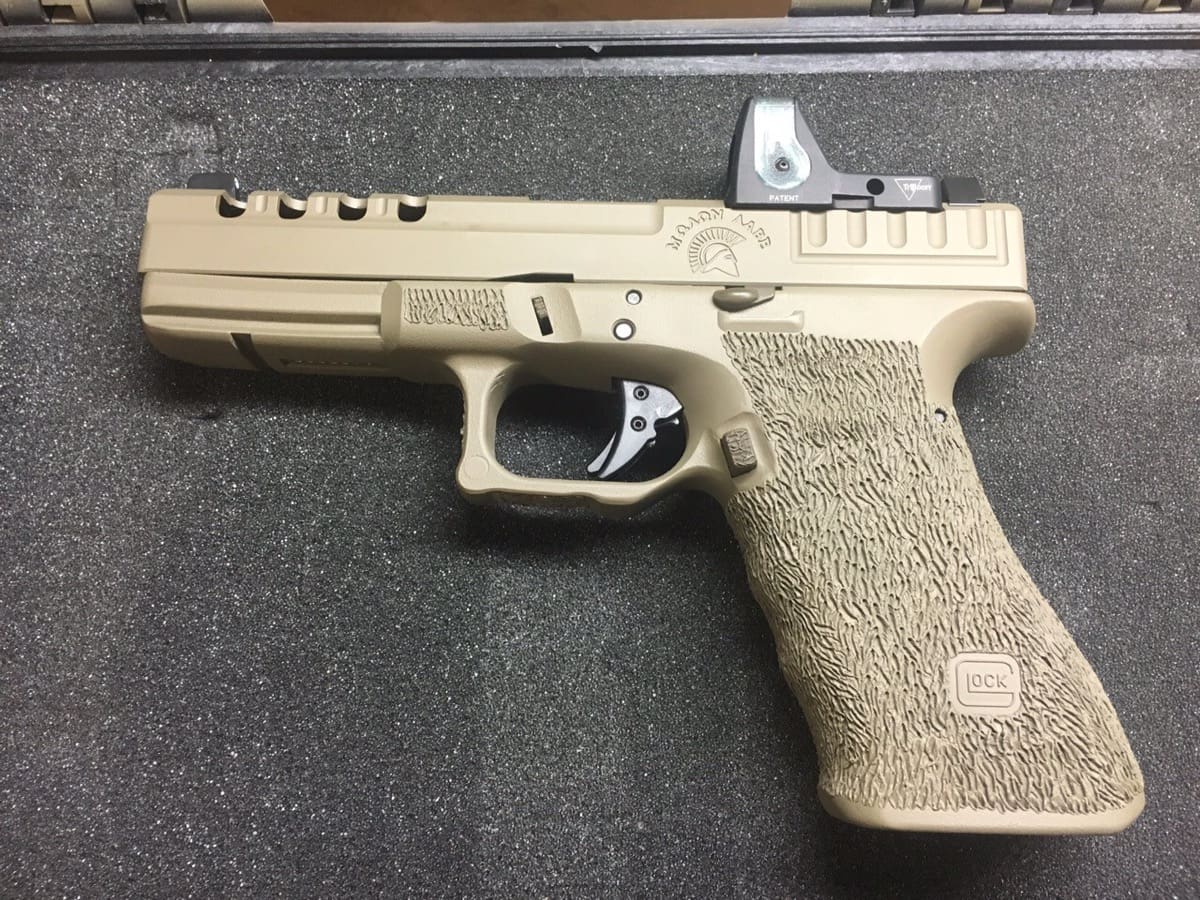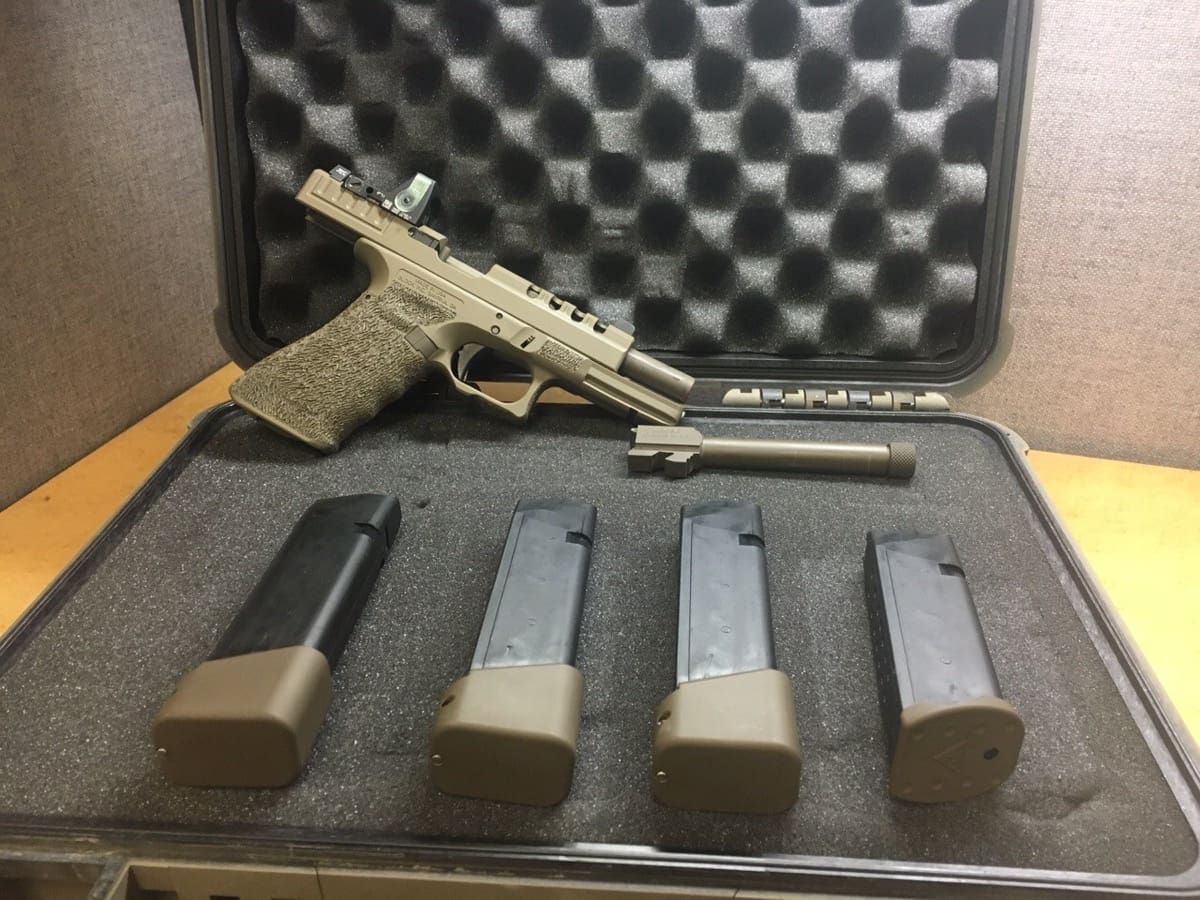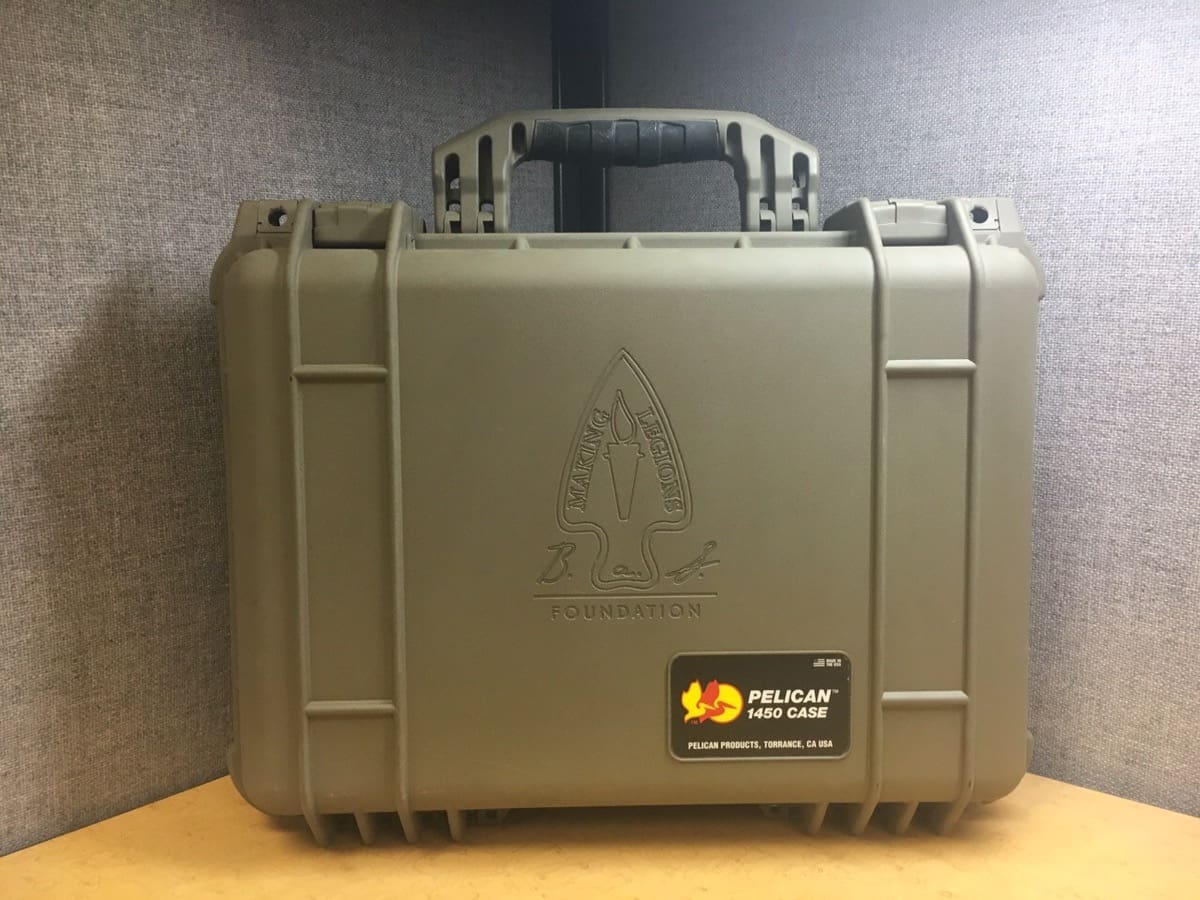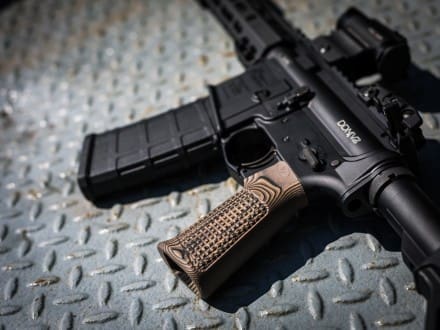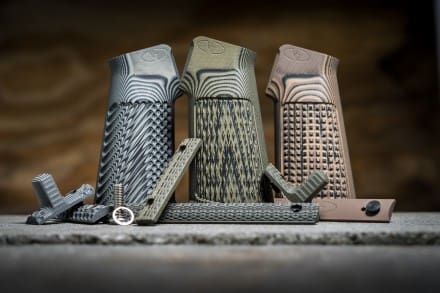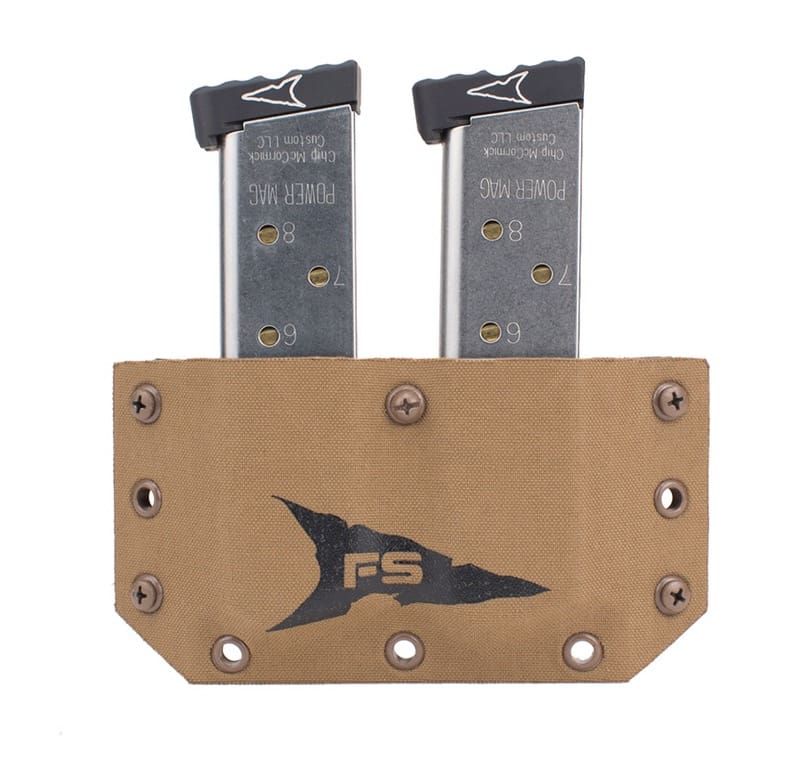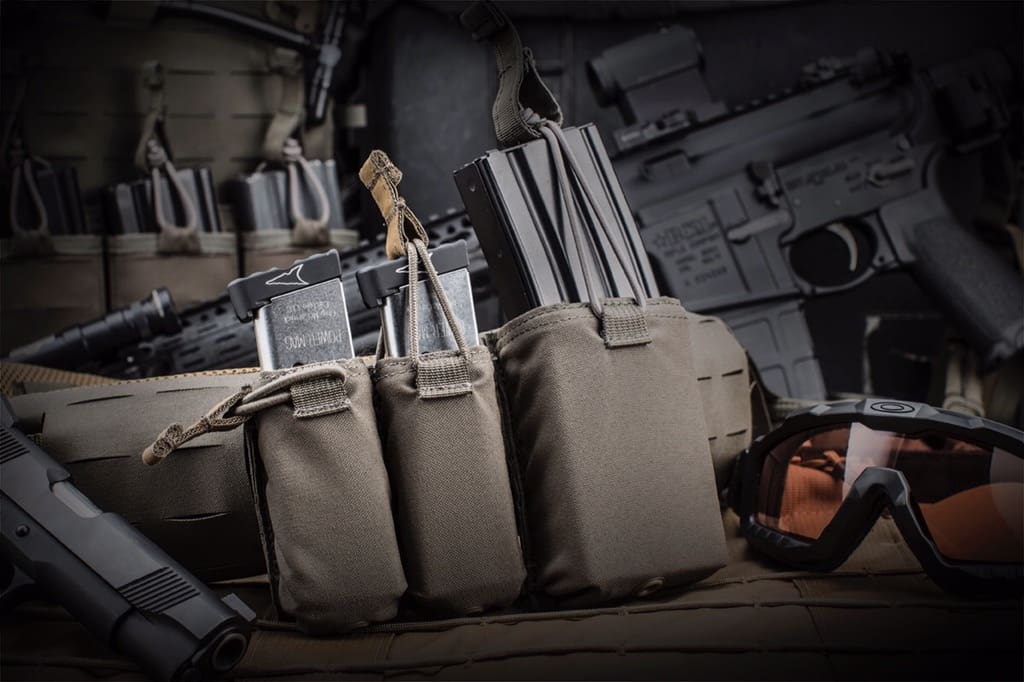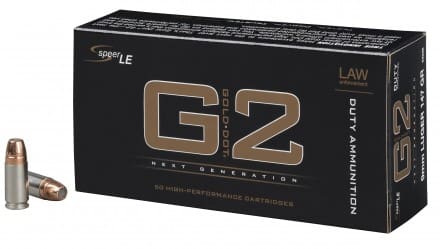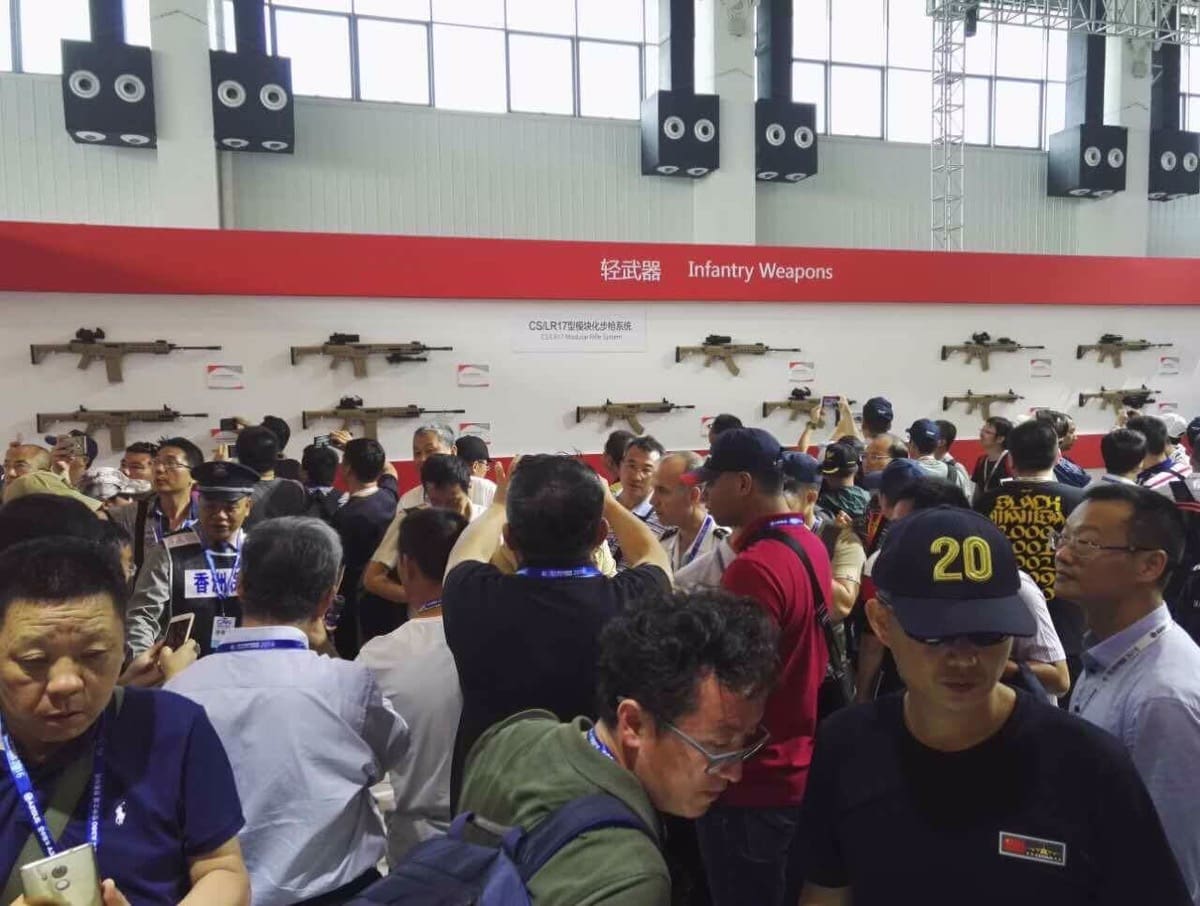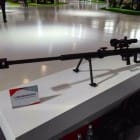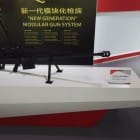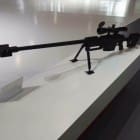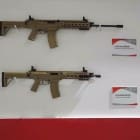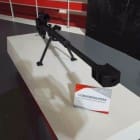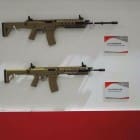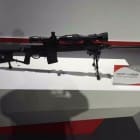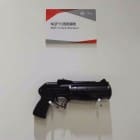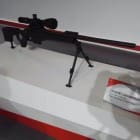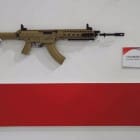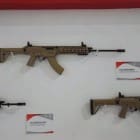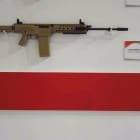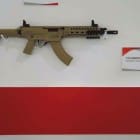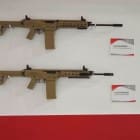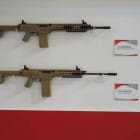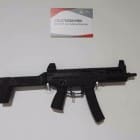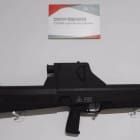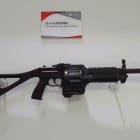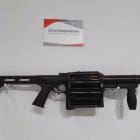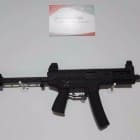For Immediate Release
November 17, 2016: The ETS Group is proud to announce the release of their new GLK-9-170 clear polymer 170mm competition legal, 9mm Glock® Magazine—the first ever of its type. With its extreme durability and 27-round capacity, competitive shooters can now reduce the amount of mag changes and easily identify ammo type quickly when competing. ETS clear polymer magazines feature extreme impact resistance so they won’t crack when dropped and the feed lips won’t spread when fully loaded and stored. The New GLK-9-170 fits the Glock® 17,19,26, and 34 and are compatible with Gen 1 through Gen 4 models. Also available is the GLK-9-22, 140mm competition legal magazine that gives you an extra five rounds and is only 0.7 inches longer that a standard GLK-17 magazine.
GLK-9-170 Price: $21.99 | GLK-9-22 Price: $21.99
MAG FEATURES
170mm-competition legal
Fits the Glock® 17,19,26,34
Compatible with Gen 1 through Gen 4 Glocks
Standard 27-round capacity
Compatible with Glock and aftermarket floorplates
Easy disassembly with our specially designed baseplate
Ergonomically designed floorplate makes it easy to grab from mag pouches
ADVANCED POLYMER BENEFITS
Extreme Impact Resistance—won’t crack or break when dropped
Very resistant to harsh chemicals
Superior heat, cold and UV resistance—won’t become brittle over time even when exposed to harsh environments or extreme cold
Translucent body—allowing you to see your ammo count and type
Creep resistant—the feed lips and body won’t spread when being stored long term even when fully loaded
The GLK-9-170 and GLK-9-22 Glock® magazines are now available at www.etsgroup.us.


